
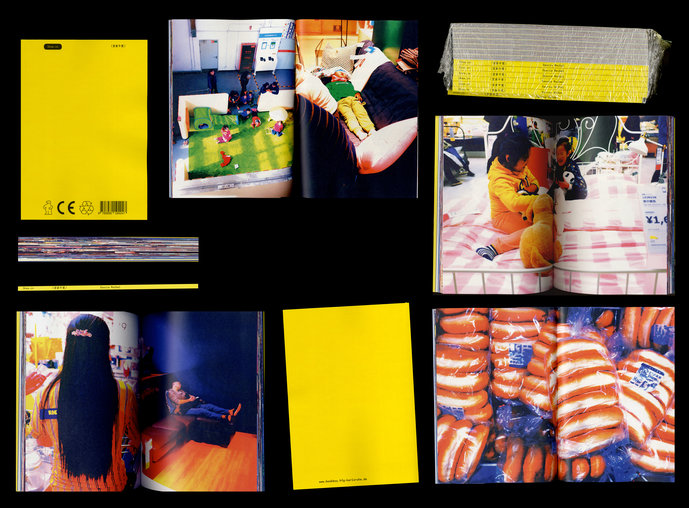

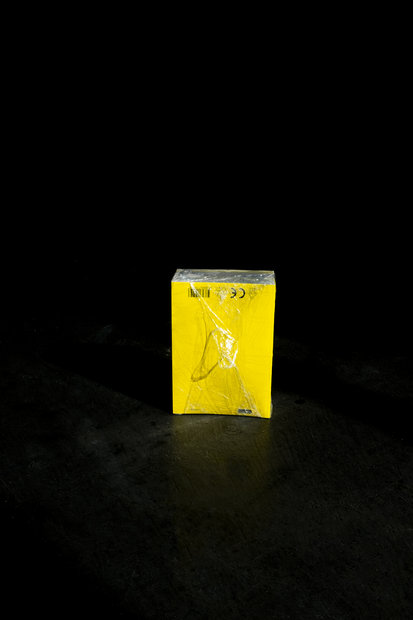

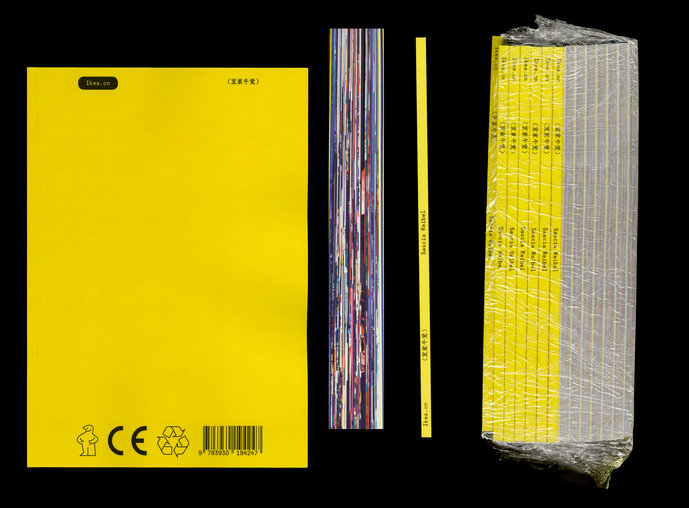

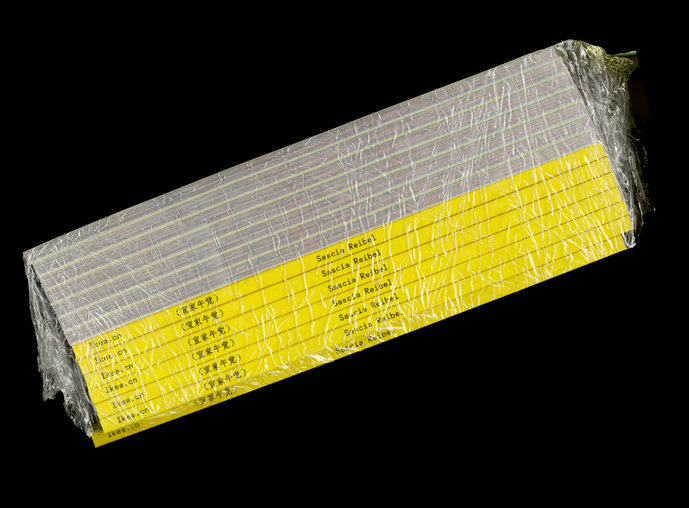

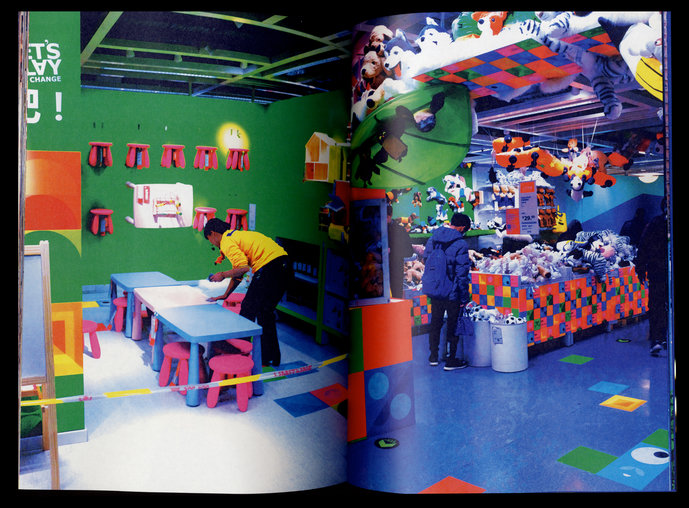

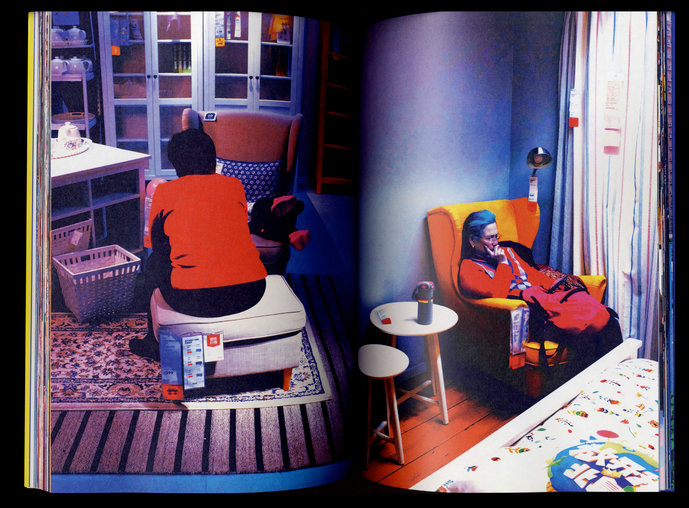




During the last decades, globalization and Americanized media culture have resulted in the popularity of the ‘western lifestyle,’ shipped to the rest of the world as a consumable and desirable export product. China might be particularly susceptible to this lure as a result of its traumatic history of oppressed individuality, and it is not surprising that corporations are now taking advantage of these favorable circumstances.
IKEA opened its first branch in Beijing in 2006, drawing around seven million visitors per year to its all too well known labyrinth-like floor plan the size of a nightmarish 44.000 square meters. It has become a common Saturday afternoon activity for Beijing’s residents to take a trip to one of the two branches, located respectively inside the second and third city ring. Hanging out on one of the many sofas, taking a nap in the cozy beds, and giving their kids the chance draw a breath of ‘fresh’ (meaning filtered and smog-free) air is of greater priority than hunting down Billy shelves. Taking a nap in IKEA is now such a common thing to do that even a term was coined for it: 露소敎얾, (‘Living House Furniture Nap’) used all across China.
Sascia Reibel decided to visit the stores every other weekend to document her observations by taking pictures. The result is a photographic essay that captures her very personal, euro-centric view towards an environment that, experienced in the context of another culture, felt strangely familiar, yet at the same time very foreign.
To visually emphasize the effect these overcrowded, loud, and often exhausting visits had on her, Sascia Reibel generated a custom color profile in which the corporate IKEA colors blue and yellow are multiplied with the other color channels of the images, resulting in an over-amplified color scheme and creating a very dreamlike, surreal impression. The images are placed at full bleed, corresponding to the sensation of overwhelming one would get when walking through the entrance of the store onto the sales area, the canteen, and finally toward the exit of the store. To supplement the visual material, Sascia Reibel asked 12 acquaintances about their habits of sleeping or working in public spaces.
Images and Design : Sascia Reibel
Print run of 150
ISBN: 978-3-930194-24-7